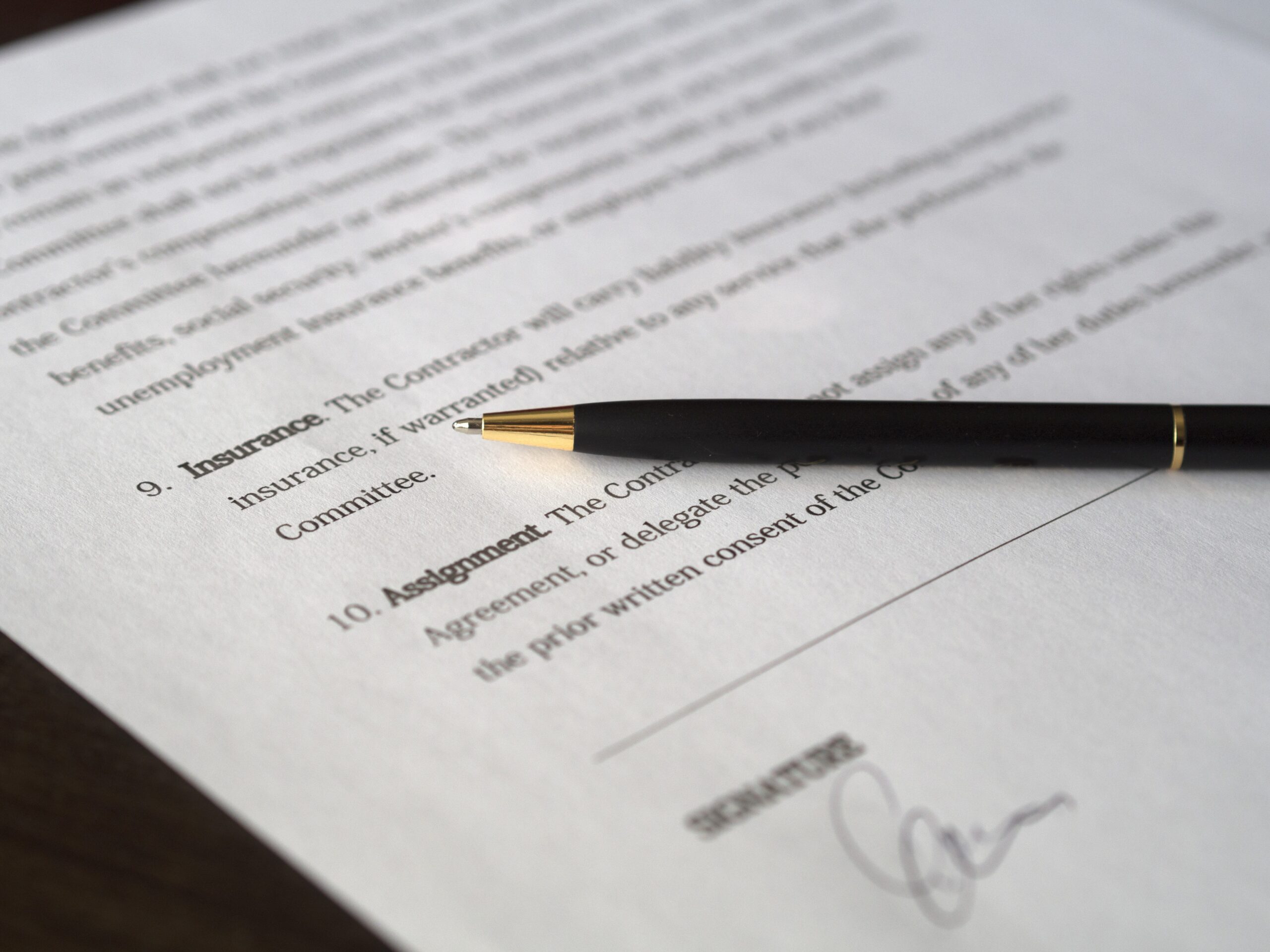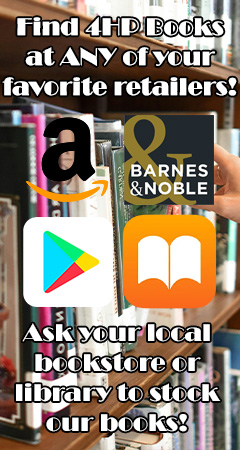Anatomy of a Book’s Page: the Guts!
Writer’s Bane: Formatting 101 starts with helping authors and designers to identify every part of a book and which ones matter the most for the genre and type of book they aim to create. It’s vital that everyone knows the proper terms and verbiage when trying to communicate with your formatter in hopes that they make the changes you want precisely and with little confusion. I can’t express how often clients are using the wrong terms and I’ve changed the item they said, not the one they envisioned. Let’s break down my top three!
Chapter Header versus Headline
This may feel like a small matter, but for a typesetter it means a lot behind the scenes for both how we design a chapter page as well as how we program an ebook and even the Table of Contents. Chapter Header is often just a number, “chapter #”, “week #”, or some other short and simple implication of a new chapter and its identification. Under the hood, these are the h1 programming tier.
As far as adding a chapter headline, or subtitle, that’s referred to as a headline. It’s often presented in a different font or more elegant font to make an effort to emphasize the theme or topic for the chapter more pronounced. You don’t need a headline or to title your chapters. Chapter headlines are more often seen in nonfiction and certain genres. Under the hood, these are the h2 programming tier.
Margins versus Line Spacing versus Paragraph Spacing
There are no words for the amount of miscommunication I have seen in my career and peers when it comes to corrections or changes involving adjusting the spacing. It’s important that when communicating with a formatter to be clear which of these three you are implying and be aware of the limitations or design faux pas we help you avoid.
Margins refer to the space between the page’s trim edge or actual finished edge and where the textual content lands. If you are creating a book that is Print-on-Demand or traditional print fiction style, this should be 0.5 inch margin. Many designers also will have a larger inner, or inside the spine, margin of 0.65-0.8 inches depending on the total page count and binding type of your book. Traditionally, the margin for a body page on the top and bottom are set for 0.75 inches to allow enough space before the 0.5 inch minimum for page numbers, header, and footer. In short, there may be very little a designer can change in regards to these design aspects if you wish for textual content to be closer to the page’s edge.
Line Spacing refers to the spacing between the lines of text adjacent to each other from the top and/or bottom of it. This is often called leading as well, and it’s common to have a leading of 11-14 points when designing a book. Never should your book be double spaced. This is reserved solely for the purpose of editors and giving them space to leave editorial marks and notes accordingly. Double space is often used for academic papers for this reason as well. As for published and professional books, they should never be double spaced unless you are creating an editing exercise.
Paragraph spacing refers to the space above, between, and below a specific paragraph. It’s more common to have no paragraph spacing in body text with a first line indent of 0.25-0.5 inches. If you want no first line indent, it is recommended to add at least a 0.0625 inch space after the paragraph style. This may make content harder to identify though. Paragraph spacing is a vital part of a reader seeing when time or scenes change, special content broken out, or simply in a textbook which chunk belongs to which area. These should be used purposefully and placed accordingly. I highly recommend trusting your editor or designer. OR check out the Chicago Manual Style for aid.
Quote versus Pull Quotes
A quote or citation should always have paragraph spacing above and below it as well as left and right indentation to help it stand out. Some go as far as italicizing these, though that should be dependent on the intent of the author and/or editor. These are always within the flow of the content and don’t disrupt the overall flow of text.
A pull quote takes something from the content nearby and creates a graphical image of text. These quotes are often seen in magazines, textbooks, and nonfiction more than anywhere else. They create excitement or point out a vital statement that shouldn’t be glossed over. They act the same as placing an image or object and the text should flow around these pull quotes. Again, these are taken from something in the content and therefore is often a repeat of what is found on the page or spread.
Discover More
Like the advice and information you see here? Check out the Formatting 101 textbook here! This tome holds a variety of answers for those seeking to become typesetters, looking to self-publish their book, or simply want to learn how to communicate and prepare their manuscripts to get the most out of their designers. The Writer’s Bane is a curse and passion, both a want and need to tell a story. In this volume, you will learn the importance for prepping a book for layout as well as laying it out in a way that appeals to your readers of any genre including picture books, chapter books, fiction, memoirs, textbooks, workbooks, and everything in-between.




